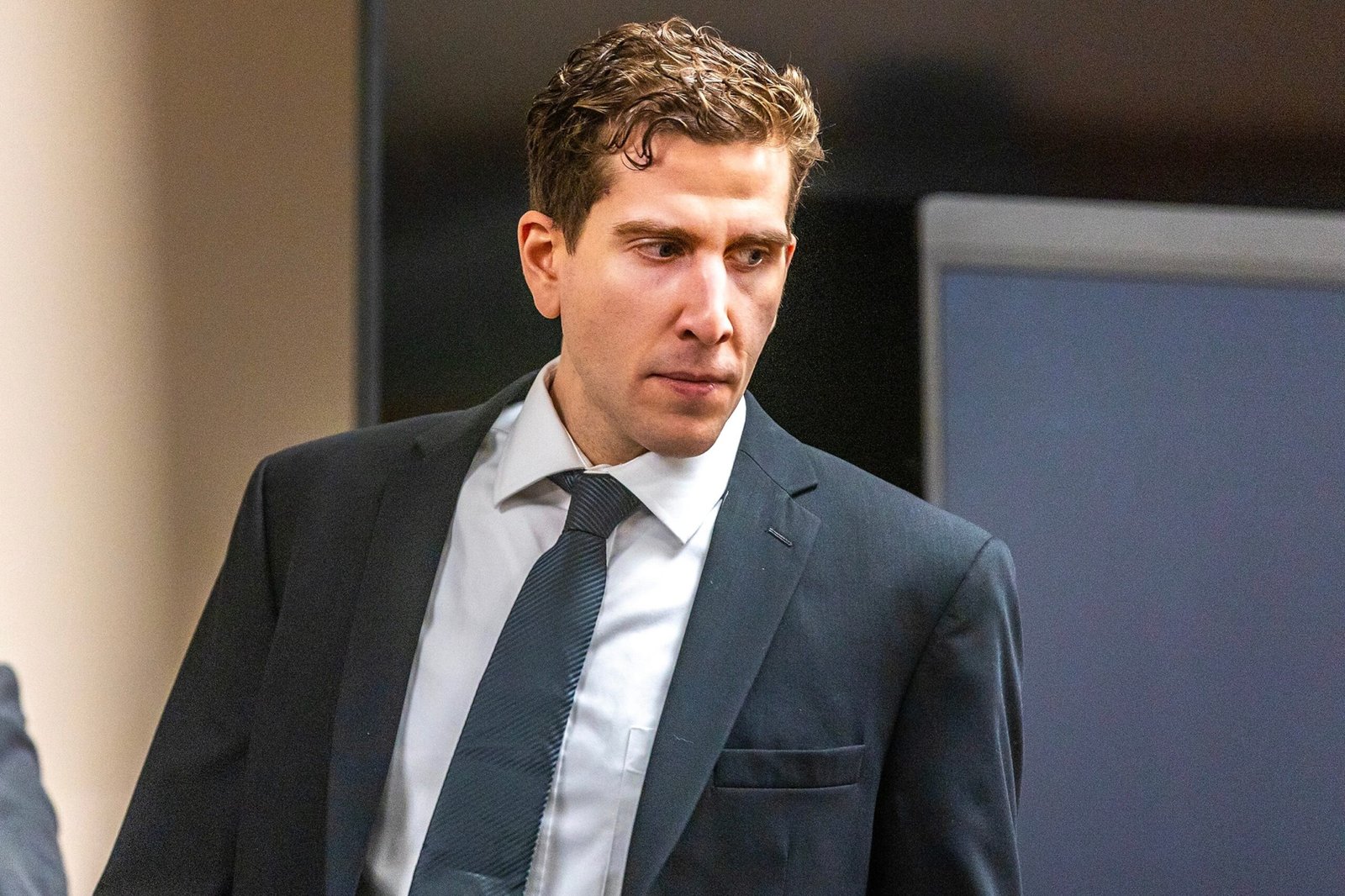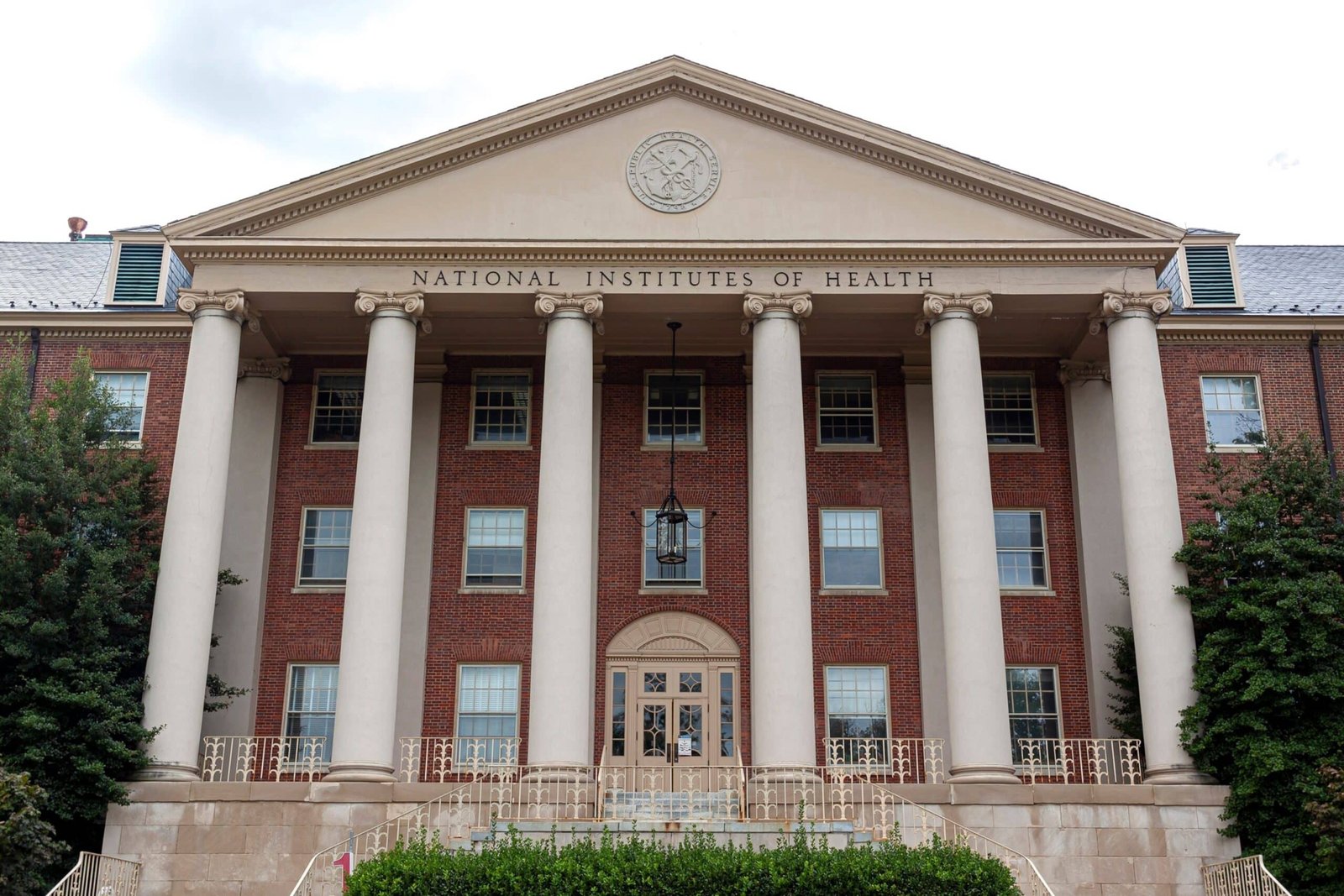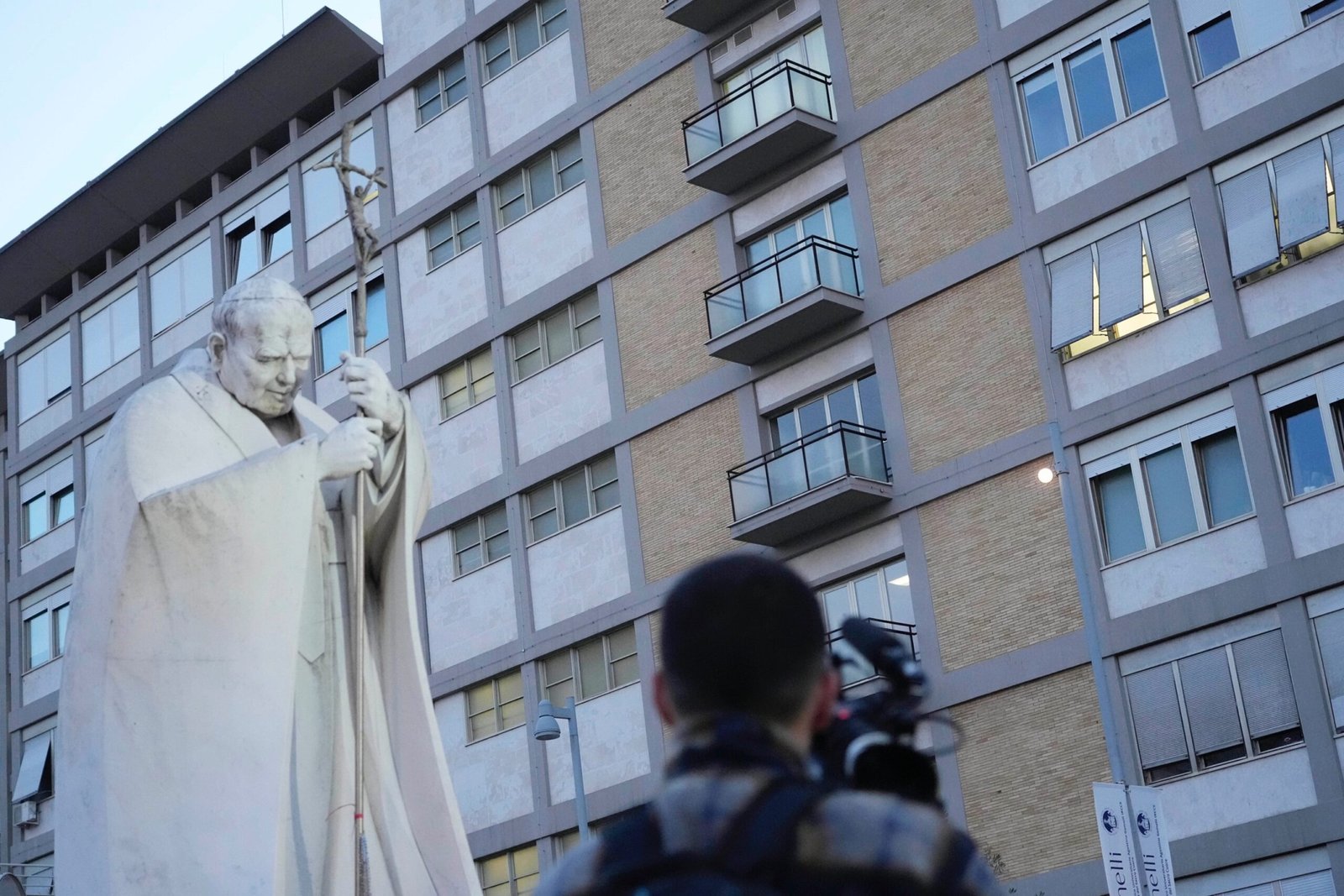In an important ruling, the judge who supervises the case of the man accused of killing four university students from Idaho in 2022 has denied a request to exclude the potentially key DNA and other evidence of his next judgment for capital murder.
Bryan Kohberger’s lawyers had tried to suppress DNA’s evidence that was considered a cozy of prosecutors against him, evidence that they say directly links Kohberger with the crime scene. In addition, lawyers sought to exclude the data obtained from several online accounts such as Apple, Google and Amazon that belong to Kohberger; his apartment in Washington; and his parents’ home in Pennsylvania.
Judge Steven Hipler, in a series of decisions on Wednesday, denied defense requests, raiding the way for prosecutors to submit their case against the former pH.D. student.

In this archive photo of June 27, 2023, Bryan Kohberger enters the Court Chamber for a hearing at the Latah County Palace in Moscow, Idaho.
Pool/Getty Images. ARCHIVE
The judge ruled that Kohberger’s constitutional rights were not violated, and that the police behaved properly. He said that evidence researchers obtained throughout the investigation, which led them to Kohberger, is not contaminated and can be admitted to the trial.
“The court considers that the suppression is not justified in any of these issues,” Hipler wrote.
Prosecutors claim that in the early hours of November 13, 2022, Kohberger, then a student at the nearby Washington State University, broke into a house outside the campus and stabbed four students from the Idaho University: Ethan Chapin , 20; Madison Mogen, 21; Xana Kernodle, 20, and Kaylee Goncalves, 21.
After a six -week search, the police concentrated on Kohberger as a suspect, which arrested him on December 30, 2022 at his family in Pennsylvania. He was accused in May 2023 and accused of four first -degree murder positions and a robbery charge. In his reading, he refused to offer a plea, so the judge declared himself innocent in his name.
The trial is scheduled for August. If he is convicted, he could face the death penalty.
On the critical evidence of DNA, the judge wrote that Kohberger’s lawyers “could not demonstrate that their constitutional rights were” violated by the use of the detectives of the new controversial technique known as the genetic genetic genetics of investigation, which implies building a tree genealogical to concentrate on a suspect.

In this archive photo of November 16, 2022, flowers were left in the house where four students from the Idaho University, in Moscow, Idaho, were found.
Idaho Statesman/Tns through Getty Images, Archive
The use of genetic genetics helped point to researchers in the direction of their suspect, using the DNA taken from an SNAP button in the sheath of a knife found on the crime scene. That sample was critical, the police said, when the case was cracking and then it was shown that it was a “statistical couple” for Kohberger, authorities said. The murderer, the police believe it is a knife, has not been found.
The judge also said that the authorities did not act incorrect collecting garbage from the Casa de Pennsylvania of Kohberger’s parents, who threw articles with Kohberger’s DNA that the authorities, according to the authorities, confirmed that it was a party with Kohberger’s Hyopa later.
The judge, who establishes a detailed timeline, also writes the problems raised by Kohberger’s lawyers, who had argued that the way he was arrested was unnecessarily aggressive.
“The police believed [Kohberger] I was potentially destroying evidence of the vehicle that was related to homicides “and also knew that he had a Glock gun,” which caused a concern for the safety of the officer, “the judge wrote.
That led them to descend in the house more quickly and make the arrest “without incident in a room,” said the judge.
While monitoring the house at 12:33 am the night of his arrest, the snipers “observed that a kitchen light was turned on and saw a taller, young and white man who wore a black hood sweatshirt near the door Glass slide that leads to the deck, “who could be identified as Kohberger. About 20 minutes later, the light went on in the garage and “the lights flashed in the garage as if the vehicle was being blocked or unlocked by a keychain.”
A few minutes later, Kohberger “was seen in the kitchen of the house, this time with rubber gloves and driving a plastic bag,” the judge wrote, he added: “It was 1:09 am not to eliminate the items of his Auto with rubber gloves. “





